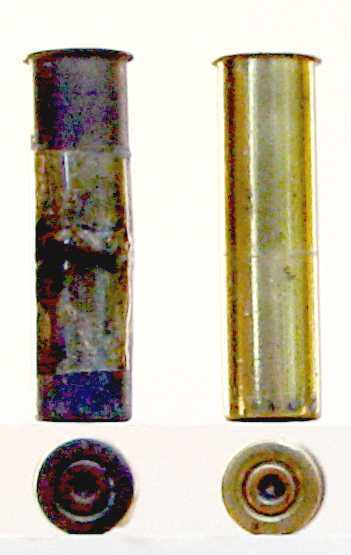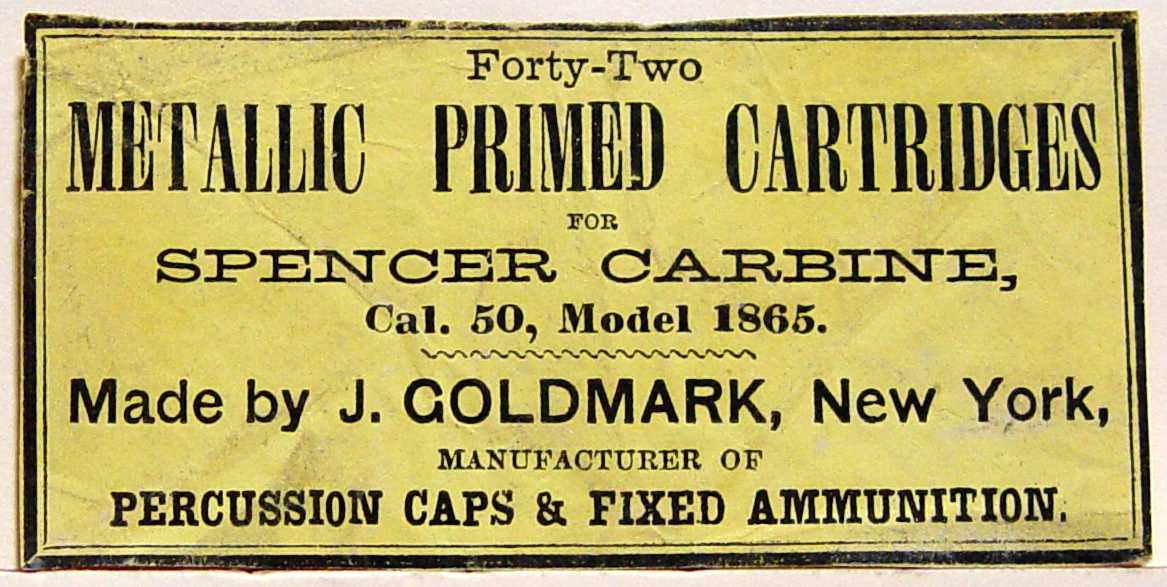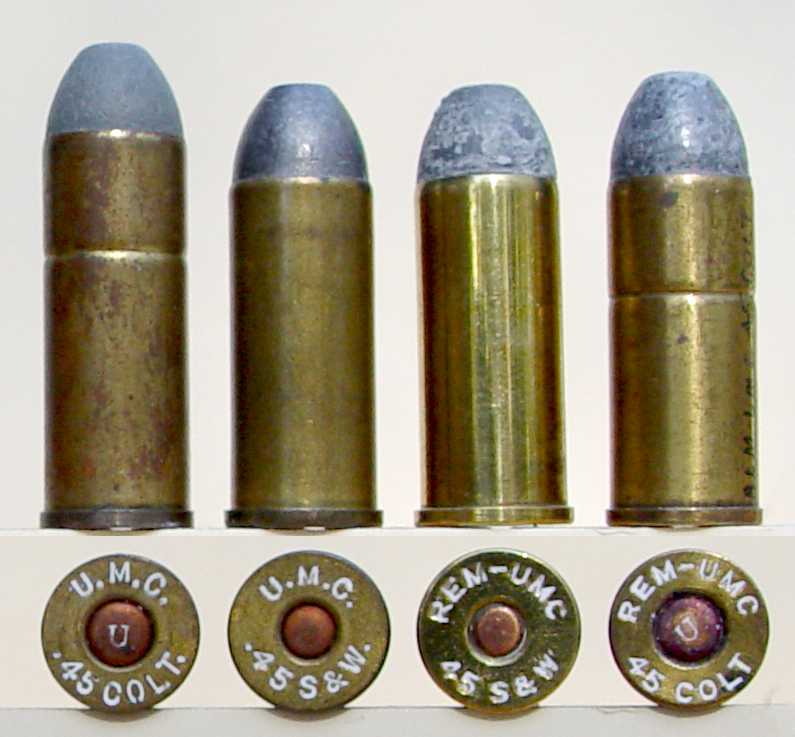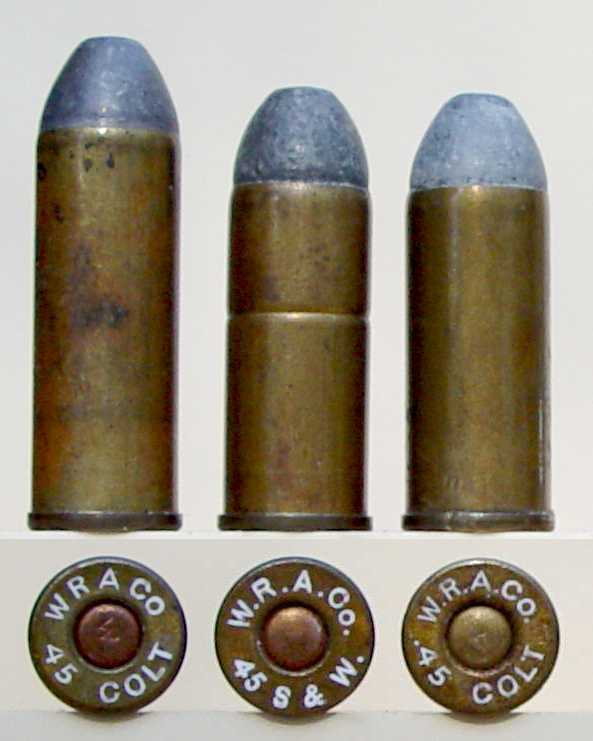| Contents
Home
General
Info
Ordering
Info
Contact us
Cartridge
Lists
Patent & Miscellaneous
Rim Fire
Center Fire Pistol
Center Fire Rifle
Metric Rimfire,
Pistol&Rifle
British Pistol and Rifle
Shotgun Shells
Cartridge Boxes &
Related
Posters
This Month's Picture Page
Index to
Picture Pages
Prior Picture Pages:
*
September 2003
*
October 2003
*
November 2003
*
December 2003
*
January 2004
*
February 2004
*
March 2004
*
April 2004
*
May 2004
*
June 2004
*
July 2004
*
August 2004
*
September 2004
*
October 2004
*
November 2004
*
December
2004
*
January 2005
*
February
2005
*
March
2005
*
April
2005
*
May 2005
* June 2005
* July 2005
*
August 2005
*
September
2005
*
October 2005
*
November 2005
*
December 2005
*
January 2006
*
February 2006
*
March 2006
*
April 2006
*May 2006
*June 2006
*July 2006
*August
2006
*September
2006
*October
2006
*November
2006
*December
2006
*January
2007
*February
2007
*March
2007
*April
2007
*May
2007
*June
2007
*July
2007
*August
2007
*September
2007
*October
2007
*November
2007
*December
2007
*January
2008
*February
2008
Links to Other Sites
Cartridge Collectors Organizations:
IAA
ECRA
SAAACA
Auctions:
Auction
Arms
E-Bay
Ward's Collectibles
Sold USA
Books:
Armory
Publications
WCF Publications
Other Collector's Sites:
Curtis Steinhauer
|
Home of the Old Ammo Guy's Virtual
Cartridge Trading Table
Featuring a wide range of antique,
obsolete, and modern ammunition for collectors
Picture
Page
March 2008
Two unusual cartridges........
 The
odd looking cartridges in this picture are examples of a .30 caliber front
loading pistol cartridge that is thought to have been produced at the
Frankford Arsenal in the early 1870s. The one on the left shows the effects
of corrosion that has eaten through the case wall from the inside, probably
a result of moisture getting to the powder; that's a piece of tape holding
the two halves together. The association of this cartridge with the
Frankford Arsenal is the result of one having been included in the arsenal's
collection of cartridges that were displayed at the Philadelphia Centennial
Exposition in 1876 as item #141, described as 'outside cap, front flanged
.30 caliber, front lubricant'. It seems unlikely that such a small caliber
cartridge would have been experimented with in the 1870s by the Army, as
they didn't seriously think about a cartridge less than .44 caliber until
the late 1880s when the work that would result in the adoption of the .30-40 Krag and the .38 Long Colt cartridges was begun. Perhaps it was in some way
associated with the Navy's economy-minded program to convert a number of
their .36 caliber percussion revolvers to fire metallic cartridges
between1873 and 1876. However, the use of a front-loading cartridge wouldn't
be likely during this time-frame, since the Rollin White patent on the
bored-through cylinder that had kept other gun makers besides Smith & Wesson
from producing successful metallic cartridge revolvers throughout the 1860s
had expired in April of 1869. As a result, there would have been no
incentive to use a front-loading cartridge for any developmental work in the
1870s. The primer on these cartridges appears to be the Milbank primer,
which was patented in May of 1870, again, when there was no longer a need to
circumvent Rollin White's patent. Until some meaningful information surfaces on this cartridge, it will
remain an intriguing mystery to collectors. The
odd looking cartridges in this picture are examples of a .30 caliber front
loading pistol cartridge that is thought to have been produced at the
Frankford Arsenal in the early 1870s. The one on the left shows the effects
of corrosion that has eaten through the case wall from the inside, probably
a result of moisture getting to the powder; that's a piece of tape holding
the two halves together. The association of this cartridge with the
Frankford Arsenal is the result of one having been included in the arsenal's
collection of cartridges that were displayed at the Philadelphia Centennial
Exposition in 1876 as item #141, described as 'outside cap, front flanged
.30 caliber, front lubricant'. It seems unlikely that such a small caliber
cartridge would have been experimented with in the 1870s by the Army, as
they didn't seriously think about a cartridge less than .44 caliber until
the late 1880s when the work that would result in the adoption of the .30-40 Krag and the .38 Long Colt cartridges was begun. Perhaps it was in some way
associated with the Navy's economy-minded program to convert a number of
their .36 caliber percussion revolvers to fire metallic cartridges
between1873 and 1876. However, the use of a front-loading cartridge wouldn't
be likely during this time-frame, since the Rollin White patent on the
bored-through cylinder that had kept other gun makers besides Smith & Wesson
from producing successful metallic cartridge revolvers throughout the 1860s
had expired in April of 1869. As a result, there would have been no
incentive to use a front-loading cartridge for any developmental work in the
1870s. The primer on these cartridges appears to be the Milbank primer,
which was patented in May of 1870, again, when there was no longer a need to
circumvent Rollin White's patent. Until some meaningful information surfaces on this cartridge, it will
remain an intriguing mystery to collectors.
.
.
.
A great label.....

According to the fellow I received this label from, his father picked it
up on a visit to Francis Bannerman's, the military surplus dealer in
business in New York City from 1866 to about 1970. This Joseph Goldmark
label is a desirable one. They were in business from 1859 to 1881 and are
better known for their percussion caps, but it is believed that they
produced rim fire cartridges over just a three year period, from 1864 to
1866, all being made on contract for the U.S. Government. The cartridges
produced included .56-50 Spencer, .56-56 Spencer, and .58 Musket. Headstamps
commonly found include an underlined impressed 'J.G. on .56-50 Spencer and
.58 Musket, a non-underlined impressed 'J.G' on the .56-50, and usually no
headstamp at all on .56-56 Spencer. Rarities include the .58 Musket, at
least one .56-56 with the underlined 'J.G.', and a non-underlined
larger-than-standard 'J.G.' that will occasionally be found on the .56-50.
.
.
Those confusing .45 Colt & Schofield
headstamps...

Within a couple of years after the U.S. Army adopted the Colt single
action revolver and its .45 Colt cartridge as their 'standard' handgun and
cartridge in 1873, the salesmen at Smith & Wesson had managed to
secure a contract from the Army for 3000 of its Schofield revolvers. The shorter .45 Smith & Wesson cartridge would chamber in the Colt Revolver
but the .45 Colt cartridge was too long to be used in the Smith & Wesson
revolver, so the Colt cartridge was dropped in favor of the Smith & Wesson
cartridge, which was designated the .45 Colt Government and issued for use
in both revolvers. I believe it was in the interest of distinguishing
between the two cartridges that the name .45 Long Colt came into use in the
civilian market for the original Colt
 cartridge
and continues to be used today, even though the .45 S&W was discontinued in
the late 1940s. The headstamps used for the two cartridges by commercial
ammunition makers sometimes are confusing, as shown here in the pictures of the
cartridges produced by UMC/REM-UMC and Winchester. It appears that early
production of the two cartridges by these companies used the Colt and S&W
designations to differentiate between them. Later, perhaps to save the
expense associated with maintaining two separate sets of headstamp dies for the
cartridges, both companies opted to use the .45 Colt headstamp for both
cartridges. cartridge
and continues to be used today, even though the .45 S&W was discontinued in
the late 1940s. The headstamps used for the two cartridges by commercial
ammunition makers sometimes are confusing, as shown here in the pictures of the
cartridges produced by UMC/REM-UMC and Winchester. It appears that early
production of the two cartridges by these companies used the Colt and S&W
designations to differentiate between them. Later, perhaps to save the
expense associated with maintaining two separate sets of headstamp dies for the
cartridges, both companies opted to use the .45 Colt headstamp for both
cartridges.
.
Peters Cartridge Company apparently made an effort to avoid the confusion
in their line of cartridges, but added a little more uncertainty for the
shooting public. While REM-UMC and Winchester used the .45 S&W and .45 Colt headstamps for the
Schofield-length cartridges, Peters chose to use the military designation of the cartridge, .45 Colt Government, headstamping
theirs as shown in this picture. I have not managed to locate a Peters example with any
other headstamp. Perhaps I just haven't looked hard enough; if anyone has
another Peters headstamp, I'd appreciate hearing about it.
.
.
.
.
.
|

 The
odd looking cartridges in this picture are examples of a .30 caliber front
loading pistol cartridge that is thought to have been produced at the
Frankford Arsenal in the early 1870s. The one on the left shows the effects
of corrosion that has eaten through the case wall from the inside, probably
a result of moisture getting to the powder; that's a piece of tape holding
the two halves together. The association of this cartridge with the
Frankford Arsenal is the result of one having been included in the arsenal's
collection of cartridges that were displayed at the Philadelphia Centennial
Exposition in 1876 as item #141, described as 'outside cap, front flanged
.30 caliber, front lubricant'. It seems unlikely that such a small caliber
cartridge would have been experimented with in the 1870s by the Army, as
they didn't seriously think about a cartridge less than .44 caliber until
the late 1880s when the work that would result in the adoption of the .30-40 Krag and the .38 Long Colt cartridges was begun. Perhaps it was in some way
associated with the Navy's economy-minded program to convert a number of
their .36 caliber percussion revolvers to fire metallic cartridges
between1873 and 1876. However, the use of a front-loading cartridge wouldn't
be likely during this time-frame, since the Rollin White patent on the
bored-through cylinder that had kept other gun makers besides Smith & Wesson
from producing successful metallic cartridge revolvers throughout the 1860s
had expired in April of 1869. As a result, there would have been no
incentive to use a front-loading cartridge for any developmental work in the
1870s. The primer on these cartridges appears to be the Milbank primer,
which was patented in May of 1870, again, when there was no longer a need to
circumvent Rollin White's patent. Until some meaningful information surfaces on this cartridge, it will
remain an intriguing mystery to collectors.
The
odd looking cartridges in this picture are examples of a .30 caliber front
loading pistol cartridge that is thought to have been produced at the
Frankford Arsenal in the early 1870s. The one on the left shows the effects
of corrosion that has eaten through the case wall from the inside, probably
a result of moisture getting to the powder; that's a piece of tape holding
the two halves together. The association of this cartridge with the
Frankford Arsenal is the result of one having been included in the arsenal's
collection of cartridges that were displayed at the Philadelphia Centennial
Exposition in 1876 as item #141, described as 'outside cap, front flanged
.30 caliber, front lubricant'. It seems unlikely that such a small caliber
cartridge would have been experimented with in the 1870s by the Army, as
they didn't seriously think about a cartridge less than .44 caliber until
the late 1880s when the work that would result in the adoption of the .30-40 Krag and the .38 Long Colt cartridges was begun. Perhaps it was in some way
associated with the Navy's economy-minded program to convert a number of
their .36 caliber percussion revolvers to fire metallic cartridges
between1873 and 1876. However, the use of a front-loading cartridge wouldn't
be likely during this time-frame, since the Rollin White patent on the
bored-through cylinder that had kept other gun makers besides Smith & Wesson
from producing successful metallic cartridge revolvers throughout the 1860s
had expired in April of 1869. As a result, there would have been no
incentive to use a front-loading cartridge for any developmental work in the
1870s. The primer on these cartridges appears to be the Milbank primer,
which was patented in May of 1870, again, when there was no longer a need to
circumvent Rollin White's patent. Until some meaningful information surfaces on this cartridge, it will
remain an intriguing mystery to collectors.
 cartridge
and continues to be used today, even though the .45 S&W was discontinued in
the late 1940s. The headstamps used for the two cartridges by commercial
ammunition makers sometimes are confusing, as shown here in the pictures of the
cartridges produced by UMC/REM-UMC and Winchester. It appears that early
production of the two cartridges by these companies used the Colt and S&W
designations to differentiate between them. Later, perhaps to save the
expense associated with maintaining two separate sets of headstamp dies for the
cartridges, both companies opted to use the .45 Colt headstamp for both
cartridges.
cartridge
and continues to be used today, even though the .45 S&W was discontinued in
the late 1940s. The headstamps used for the two cartridges by commercial
ammunition makers sometimes are confusing, as shown here in the pictures of the
cartridges produced by UMC/REM-UMC and Winchester. It appears that early
production of the two cartridges by these companies used the Colt and S&W
designations to differentiate between them. Later, perhaps to save the
expense associated with maintaining two separate sets of headstamp dies for the
cartridges, both companies opted to use the .45 Colt headstamp for both
cartridges.